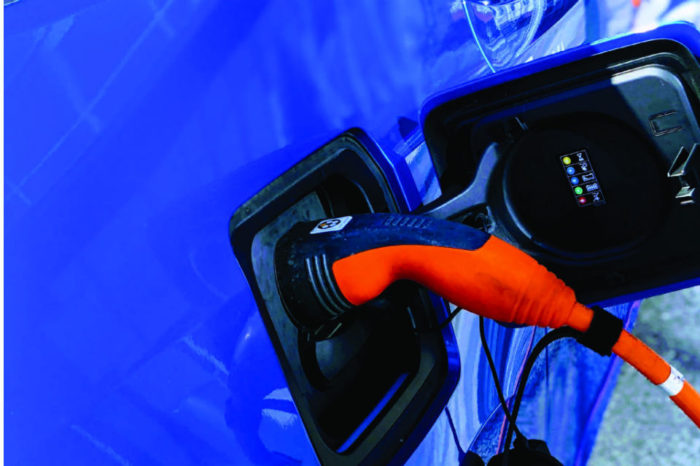Digital Auto Report 2020: COVID-19 pandemic shifted the consumer mobility preferences, the personal car becomes the main option again

COVID-19 pandemic restrictions shifted consumers’ mobility preferences, most of them preferring to use their own vehicle over shared mobility and public transportation, according to Strategy&, part of PwC network, Digital Auto Report 2020.
Shared mobility decreased the most in Germany with 77% of respondents intending to use less car sharing while the same holds true in both the US (56%) and in China (51%). In both China and the US, consumers prefer the use of their own vehicle, while in Germany, the increase of commuting in cars is still equal to commuting on both bike and foot.
“Earlier this year, estimates indicated an increase in consumer preference for mobility platforms and alternative ownership over their own cars. The pandemic has reversed this trend for at least a while. People are very concerned about their health and, as a result, are looking for ways to be more secure. For this reason, they will continue to use mobility platforms to the extent that they manage to gain their trust through hygiene and protection measures that are now more important than low prices”, said Daniel Anghel, Partner and Automotive Industry Leader, PwC Romania.
What kind of cars are preferred
Consumers are increasingly appreciating the comfort and technologies that equip cars, which drives the development of the segment of connected, autonomous and electric cars, in the medium and long term. Safety and navigation rank the highest for consumers, followed closely by vehicle management and vehicle features as a service.
Gasoline continues to be the most preferred powertrain in both Germany and the US. In China, 68% of consumers under the age of 40 prefer electric powertrains, while only 46% in Germany and 37% in the US prefer electric powertrains.
Thus, battery electric vehicles (BEV) will account for 17% of new vehicle sales in the European Union and 19% in China by 2025. In the US they will have a share of only 5% by 2025, given fewer government incentives.
Additionally, the total number of vehicles is expected to decrease in Europe (-1.2%) and increase in both the US (+1.1%) and China (+3.9%) until 2035. This is primarily due to mobility growth (highest in China), consumer preferences for shared mobility (lowest in US) and the average life of a vehicle until it is deposed (highest in Europe).
The complete results of the first part of the “Digital Auto Report 2020” can be found here. The second and third parts of the report will be published on market forecasts and financial developments as well as organizational requirements in the coming weeks.
For the consumer perspective, 3,000 consumers in Germany, the US and China were surveyed online in July and August 2020, representative of the population.
















